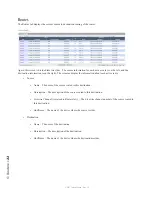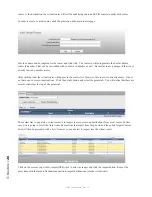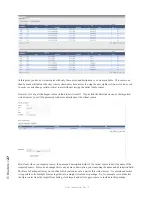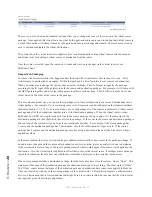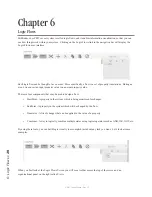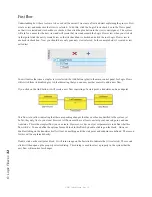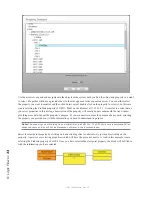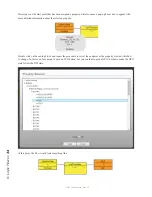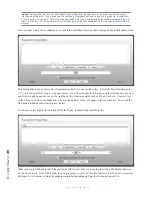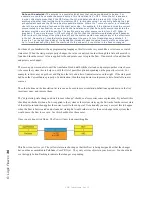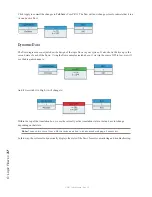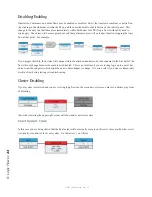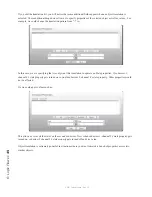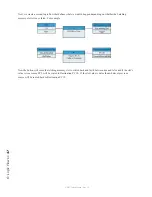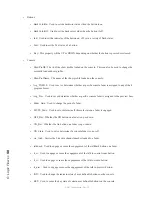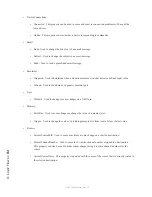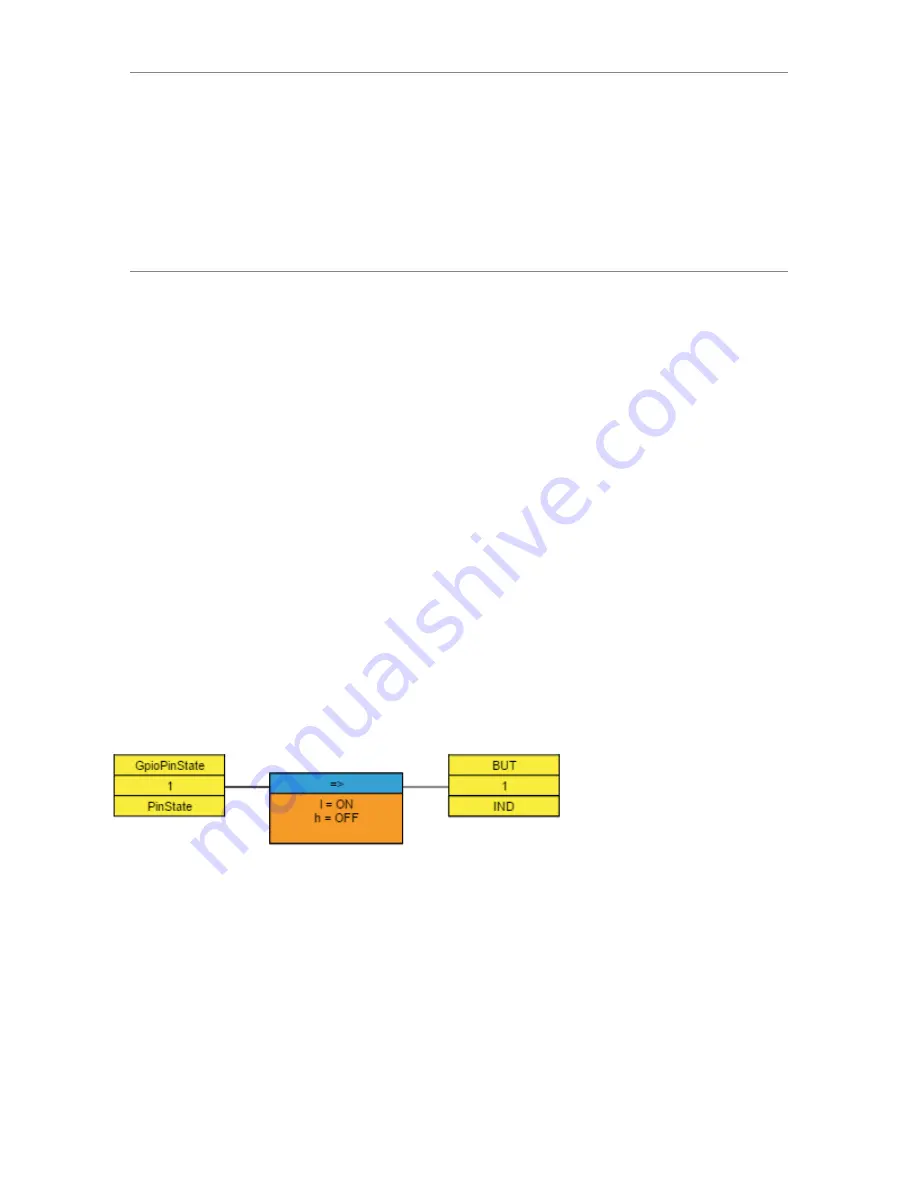
6: L
og
ic F
lo
w
s •
36
© 2017 Telos Alliance - Rev 1.2
Note on the asterisk: The asterisk is a special catchall item that can be considered to be any. For
example, we could have made the second entry in this translation list *=OFF. Since the list is analyzed
in order, this would mean that if the GPI is low, then the indicator should be turned ON. If the GPI is
anything else other than low than turn the indictor OFF. In this case using * or explicitly defining the high
are equivalent because the GPI only has two possible states. Where the * comes in useful is in situations
where there are a bunch of options on the start point side. For example, if the start point was the current
source routed to a destination, we could build the translation such that if a specific source is selected the
indicator would be on, and then use the * to say if there is any other source routed, turn it off. Order is
important. If you were to move *=Off to the top of the list, then the indicator would always be off because
the first item in the list says if anything then off, and the system would never analyze any of the other items
in the list. Generally a * should almost always appear at the end of a list of translations as a catchall. If
there is a * on the right hand side of the translation it means to pass the value from the left on unchanged.
So *=* would pass anything from the start point to the end point (or next step in the flow) unchanged.
For those of you familiar with any programming languages, this list works very much like a select case or switch
statement. When the start point property changes, the value is analyzed in order through this list until a match is
found and then the correct value is applied to the endpoint or next step in the flow. If no match is found, then the
endpoint is not changed.
The reason you were unable to edit the translation block until both the start and end point properties were chosen
is because the system tries to help you with the list of possible options depending on the property selected. For
example, in this case you got Low and High on the left, and a list of indicator states on the right. If the start point
had been the CurrentSource property of a destination, then this drop down would present a list of available router
sources.
The other buttons on the translation list screen can be used to move translation definitions up and down in the list,
insert new ones, and remove them.
The “skip startup state change and wait for next change” checkbox also requires some explanation. By default (this
checkbox unchecked) when a flow is applied to the system or the system starts up, the flow asks for the current state
of the start point and then applies the correct result to the end point. Occasionally you may not want this to happen
when the flow is first created and/or loaded at startup but would rather wait for the next change in the system that
would cause the flow to execute. Use this checkbox for these cases.
Once you are done click Done. The flow will now look something like:
This flow is not active yet. The yellow states are showing us that this flow is being designed but that the changes
have not been committed to Pathfinder Core PRO yet. They only exist as objects in your browser. You should also
see the Apply button flashing to indicate that changes are pending.

